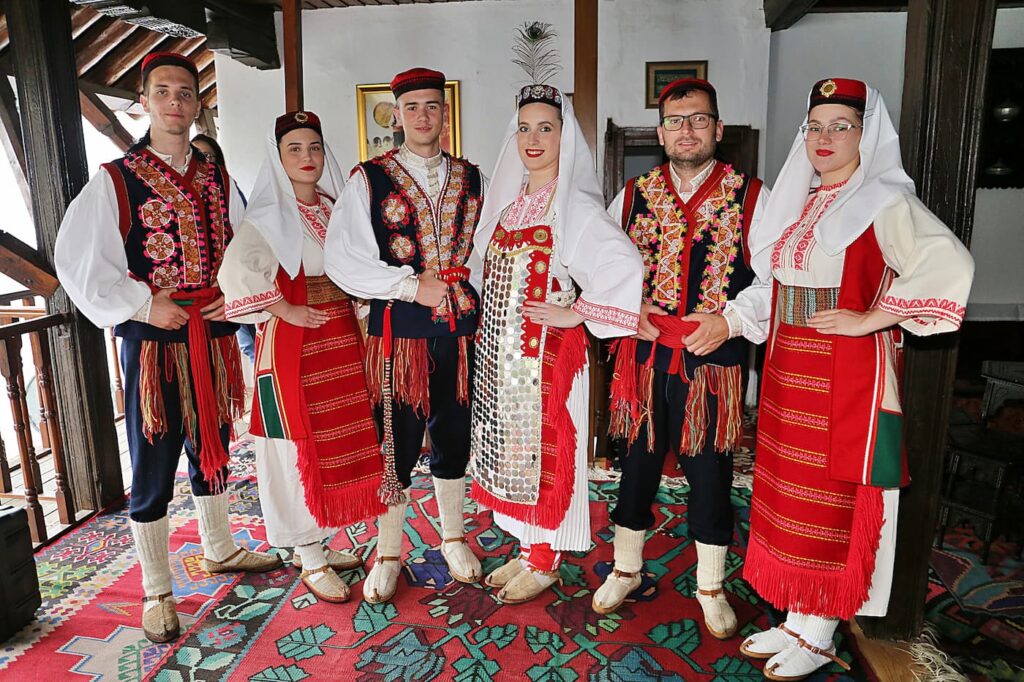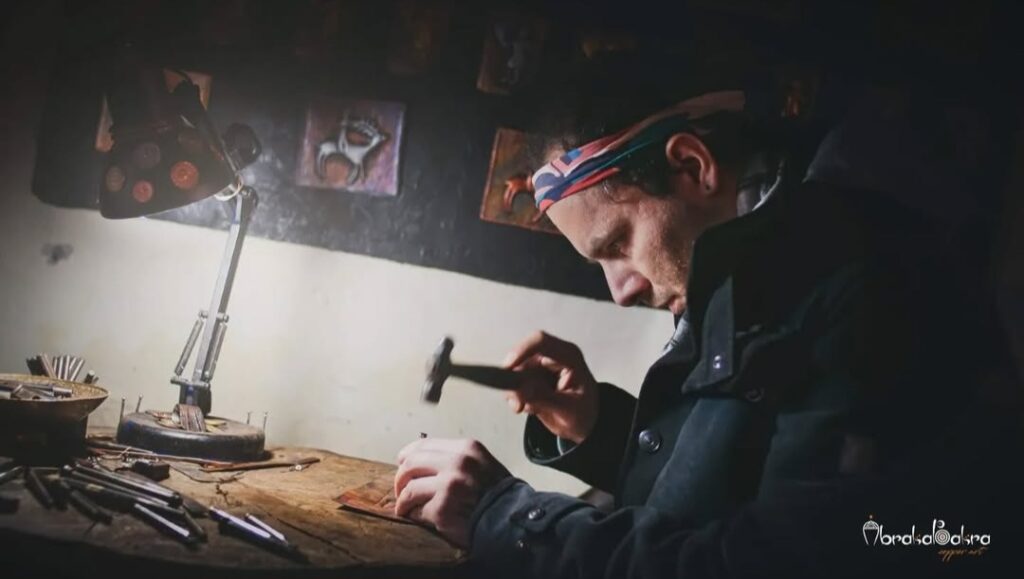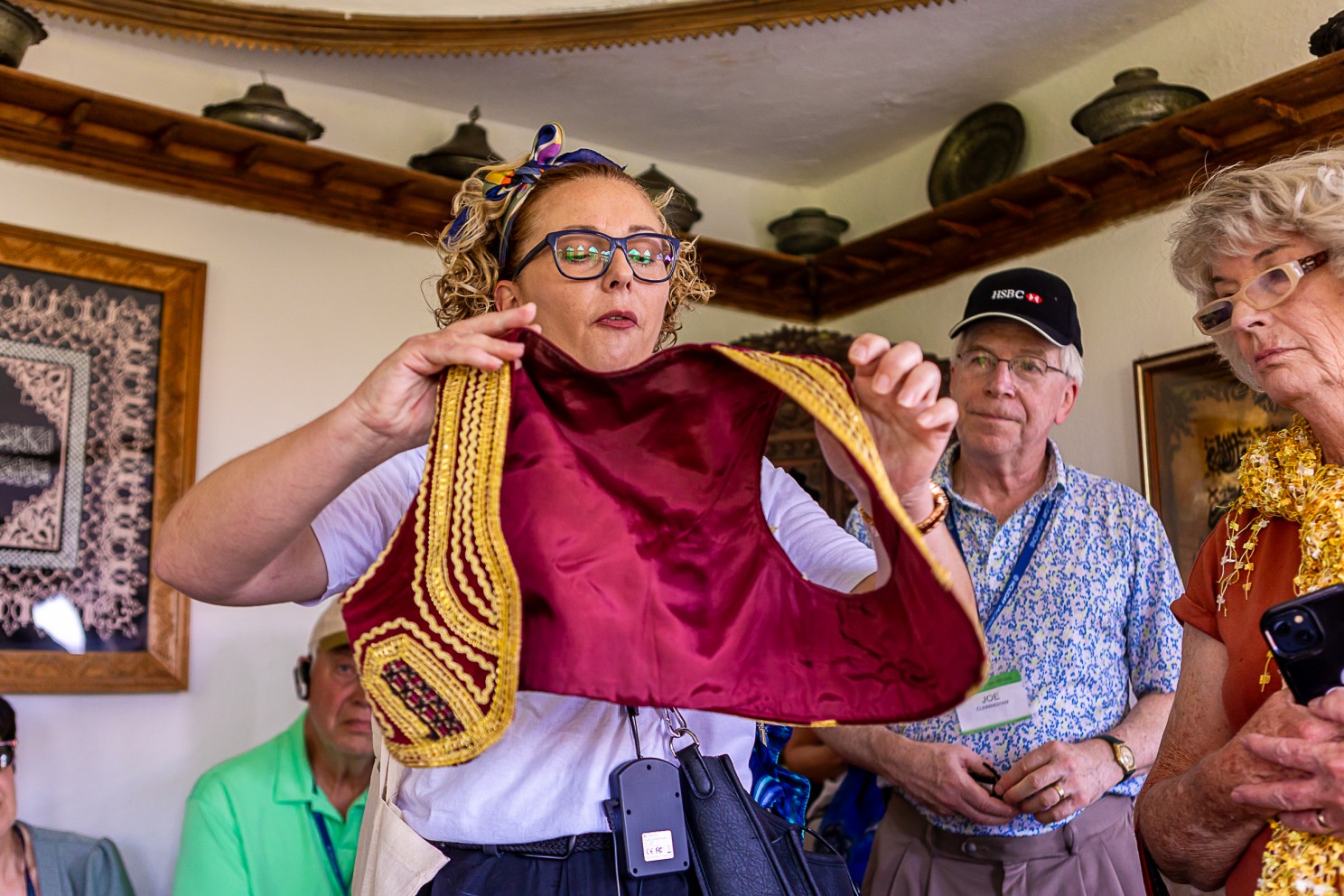A New Era of Cultural Tourism
Today’s travelers are increasingly seeking authentic, immersive experiences rather than generic sightseeing. Across the travel industry, the trend is clear: visitors want to feel a destination, not just see it. From cooking with locals to exploring hidden historical gems, experience-focused tourists crave genuine cultural immersion that connects them deeply with local life and traditions.
This shift towards authenticity has put cultural preservation in the spotlight. Travel can be more than recreation – it can be a powerful force for preserving heritage, supporting local communities, and keeping traditions alive. When done responsibly, tourism raises awareness of intangible cultural heritage, supports local economies, and encourages cross-cultural exchange. Rather than replacing local culture, tourism today strives to celebrate and safeguard it, giving visitors meaningful memories and locals a renewed pride in their traditions.
Mostar: Where History Lives On
One place where this comes to life is Mostar, a city famous for its UNESCO-listed Old Bridge and rich tapestry of cultures. Wandering Mostar’s cobbled streets feels like stepping into a living museum of Ottoman and Austro-Hungarian history.
Tucked amid its historic neighborhoods is a true hidden gem of heritage: Bišćevića House. Built in 1635, the Bišćević family home is an exquisitely preserved Ottoman-era residence turned museum. Its carved wooden balconies and quiet courtyard on the banks of the Neretva River offer an authentic glimpse into a bygone era. Still owned by descendants of the original family, the house’s interior is filled with period furniture, lush carpets, and decorative woodwork – every corner telling a story of how people lived centuries ago.
Visiting this 17th-century Ottoman home is like traveling back in time: from the built-in divans and carved cabinets to the open-air courtyard where family gatherings once took place, it’s a reminder of Mostar’s rich, layered history.

Bišćevića House as a Cultural Time Capsule
Stepping through the gates of Bišćevića House, one immediately senses its historic charm. High stone walls enclose a serene courtyard, creating an intimate oasis in the heart of the city. Within these walls, generations of the Bišćević family celebrated traditions, and today the space continues to brim with cultural life.
By day, the house functions as a museum, with guides sharing insights about Ottoman-era living and the architectural details of the home. Each room is preserved as a snapshot of 19th-century domestic life – from the men’s reception room adorned with low sofas and ornate rugs, to the private family quarters. Visitors gain appreciation for the high culture and refined living standards of Mostar’s past.
It’s easy to imagine the echoes of conversation and music that once filled these halls. In preserving Bišćevića House, Mostar hasn’t just safeguarded bricks and mortar; it has kept age-old customs and aesthetics alive for future generations.
Reviving Tradition Through Authentic Experiences
What truly sets Bišćevića House apart is how it isn’t just a static museum – it’s a stage for living heritage. In the evenings, after the daytime visitors have gone, the house comes alive with the sounds of folk music and laughter, thanks to a collaboration with Fortuna DMC.
One of Fortuna’s signature offerings is the “Traditional Folklore Night at Bišćevića House,” a magical heritage experience that invites guests to step back in time. Under lantern light and starry skies, small groups of travelers gather in the courtyard to enjoy live Sevdalinka music (the soulful traditional songs of Bosnia and Herzegovina) accompanied by authentic instruments.
As musicians strum and sing the melancholic yet beautiful sevdah melodies, dancers in colorful folk costumes whirl across the stone patio. The performances are not on a big stage but just a few feet away, creating an intimate connection between visitors and the artists – often members of local cultural clubs or multi-generational folklore troupes.
Guests are welcomed with a drink (perhaps a locally made pomegranate or cherry rakija) and invited to taste Herzegovinian delicacies like baklava or savory pita pie as they settle in. Storytellers – sometimes even a host from the Bišćević family – share legends and personal anecdotes, weaving context around each song and dance.
Many visitors describe this folklore night as the moment they “truly felt the soul of Bosnia.” By reviving these old songs, dances, and recipes in their original setting, Fortuna helps keep the traditions of Mostar not just remembered, but actively practiced.
Bringing Back the “Old Ways” for a New Generation
Fortuna’s involvement with Bišćevića House is part of a broader mission to bring back the old ways and make cultural heritage a living, shareable experience. Rather than letting Mostar’s traditions gather dust, Fortuna engages both visitors and locals in keeping them alive.
For example, in addition to folklore evenings, we offer hands-on culinary workshops right inside Bišćevića House’s historic kitchen. Guests can learn to make traditional Bosnian pita by hand, guided by local home cooks using recipes passed down through generations. As the aroma of baked pastry fills the courtyard, participants relax with a live acoustic sevdah performance – merging food, music, and history in one unforgettable session.
Likewise, Fortuna’s Mostar walking tours and heritage excursions often incorporate visits to artisans’ workshops, traditional coffee houses, and family-run museums. Every such activity is designed to support local guardians of culture – be it craftsmen, musicians, or storytellers – by providing them with an appreciative audience and fair compensation for their skills.
The common thread through all our offerings is authenticity – connecting guests with the real people, places, and stories that make Bosnia and Herzegovina special.

Tourism as a Tool for Cultural Preservation
The story of Bišćevića House exemplifies how tourism can play a pivotal role in cultural preservation when driven by a genuine love for heritage. By hosting events in this historic home, Fortuna provides the funds and purpose to maintain the property and its artifacts – meaning the house continues to be preserved not as a relic, but as a living cultural hub.
Local performers and artisans are given a platform to practice their crafts, from dancing the kolo to playing the saz, which helps ensure these skills are not lost to time. Tourists, on the other hand, gain a far richer experience than any guidebook could offer: they get to participate in the culture, not just observe it.
This kind of tourism creates a virtuous cycle: it raises awareness and appreciation for Bosnia and Herzegovina’s diverse heritage, while providing economic support and pride to the local community.
Experience the Soul of Mostar With Fortuna
At the end of the day, a visit to Mostar is incomplete without experiencing its soulful traditions. Clapping along to a sevdalinka song in a 400-year-old courtyard, or sharing a homemade meal with locals, leaves a lasting imprint on the heart.
These moments foster a connection across cultures and time – a reminder that while much in the world changes, the human stories and values passed down through music, dance, and food are timeless.
Join us for an unforgettable Traditional Folklore Night at Bišćevića House, and let Fortuna guide you into the heart of Mostar’s living heritage.
